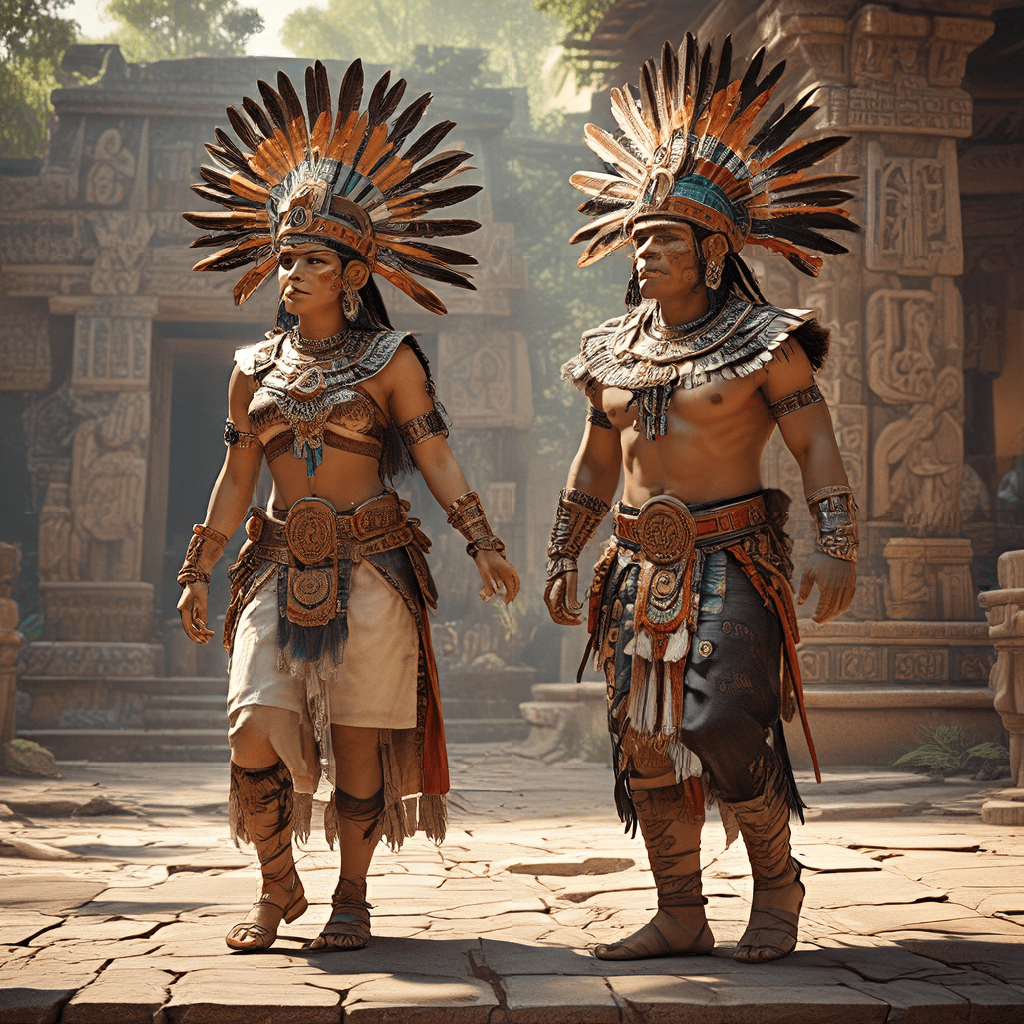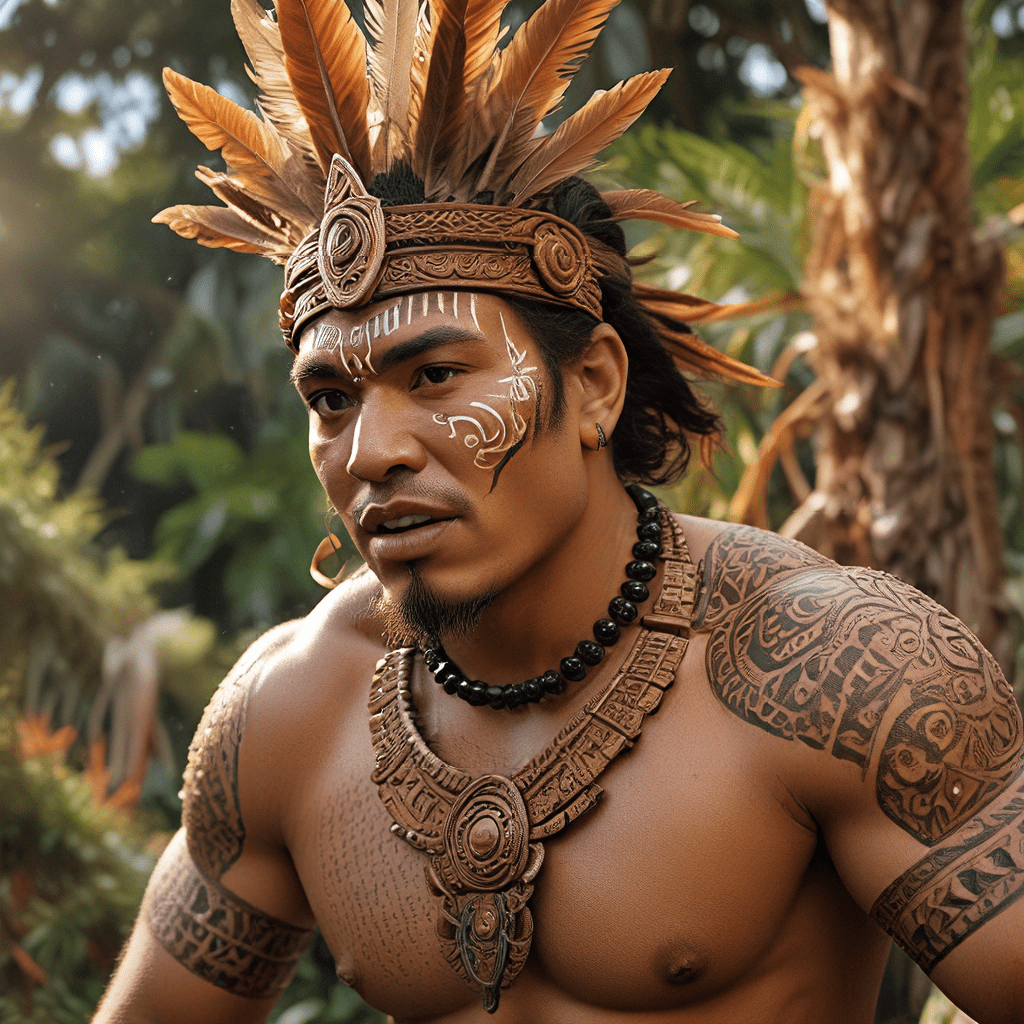The Underworld Awaits: Myths That Will Haunt You
I. Introduction to Underworld Myths
The concept of the underworld has fascinated humanity for centuries, representing a realm beyond life, a place where souls journey after death. In various cultures, the underworld has been depicted as a dark, foreboding place or a paradise depending on one’s deeds in life. Understanding these myths helps us delve into the collective psyche of different civilizations, revealing their beliefs about mortality, morality, and the afterlife.
Underworld myths hold significant importance in human history, shaping religious beliefs, cultural practices, and moral codes. They serve as cautionary tales, guides for the living, and reflections of humanity’s deepest fears and hopes. This article will explore various underworld myths, the deities associated with them, haunting legends, and their enduring influence on modern culture.
II. The Concept of the Underworld Across Cultures
Different cultures have unique interpretations of the underworld, each reflecting their values and beliefs about life after death.
A. Greek Mythology: Hades and the Realm of the Dead
In Greek mythology, the underworld is primarily associated with Hades, the god who rules over the dead. It is a shadowy realm where souls reside after death, separated from the living world. The journey to Hades involves crossing the River Styx, often facilitated by Charon, the ferryman.
B. Egyptian Beliefs: The Duat and the Journey of the Soul
The ancient Egyptians viewed the underworld as the Duat, a complex realm filled with trials and challenges. The soul, after death, would navigate through this world, facing various tests before reaching the afterlife. The judgment of Osiris, the god of the afterlife, determined the fate of the deceased.
C. Norse Mythology: Hel and the Afterlife in Asgard
Norse mythology presents Hel, ruled by the goddess Hela, as the place where souls of those who did not die in battle reside. Unlike the warriors who go to Valhalla, those in Hel lead a more subdued existence. The Norse underworld reflects the culture’s values on honor and valor in life.
III. The Role of Deities in Underworld Myths
Deities associated with the underworld play crucial roles in guiding souls and maintaining the balance between life and death.
A. Charon: The Ferryman of the Dead
In Greek mythology, Charon ferries souls across the River Styx to the underworld. He is often depicted as a grim figure, demanding payment for his services. Those who could not afford to pay were said to wander the shores for eternity.
B. Osiris: God of Resurrection and the Afterlife
Osiris, a central figure in Egyptian mythology, represents resurrection and eternal life. After being murdered and resurrected, he became the judge of the dead, overseeing the weighing of the heart against the feather of Ma’at, symbolizing truth and justice.
C. Hela: The Norse Goddess of Death
In Norse belief, Hela presides over those who die of illness or old age. She is often portrayed as a being with a half-living, half-dead appearance, symbolizing the duality of life and death. Her domain is a place of rest for souls who do not achieve the glory of Valhalla.
IV. Folklore and Legends: Haunting Tales from the Underworld
Folklore often incorporates underworld themes, weaving tales that resonate through generations.
A. The Tale of Orpheus and Eurydice
The tragic story of Orpheus, a gifted musician, who descends into the underworld to retrieve his beloved Eurydice is a poignant reminder of love and loss. Orpheus’s journey highlights the theme of hope and the consequences of doubt as he ultimately loses Eurydice forever.
B. The Epic of Gilgamesh: A Journey to the Underworld
In one of the earliest works of literature, Gilgamesh embarks on a quest for immortality, leading him to the underworld. His encounters with various figures in this realm reveal profound insights about the human condition and the inevitability of death.
C. The Legend of the Wendigo: Spirits of the Dead
The Wendigo, a creature from Algonquian folklore, symbolizes the dangers of greed and hunger. It is said to be the spirit of a person who has succumbed to cannibalism, forever cursed to wander the woods. This legend serves as a chilling reminder of the consequences of transgressing moral boundaries.
V. Common Themes in Underworld Myths
Underworld myths often share recurring themes that reflect humanity’s struggle with existence.
A. The Journey of the Soul: Trials and Tribulations
A common narrative in underworld myths is the journey of the soul, often fraught with challenges that test the worthiness of the deceased. This journey symbolizes the trials of life itself.
B. The Dichotomy of Punishment and Reward
Many cultures depict the underworld as a place of both punishment and reward, emphasizing moral behavior in life. Good souls may find peace, while others face torment.
C. The Concept of Redemption and Second Chances
Redemption is a prevalent theme in many underworld stories. Characters often seek forgiveness or a chance to return to the living, emphasizing the hope for second chances.
VI. The Psychological Impact of Underworld Myths
Underworld myths resonate deeply with human psychology, reflecting our fears and aspirations.
A. Fear and Fascination: Why We Are Drawn to These Stories
The allure of underworld myths stems from their exploration of death and the unknown. They evoke fear and fascination, allowing audiences to confront their mortality.
B. The Underworld as a Reflection of Human Fears
These myths often mirror our deepest anxieties about death, loss, and the fate that awaits us, prompting reflection on our own lives.
C. Myths as Tools for Coping with Mortality
Myths provide frameworks for understanding death, helping people cope with grief and loss. They offer narratives that allow us to process emotions associated with mortality.
VII. Modern Interpretations of Underworld Myths
The influence of underworld myths extends into contemporary literature, cinema, and gaming.
A. Literature: Influences on Contemporary Authors
Many modern authors draw inspiration from ancient myths, weaving them into their narratives to explore themes of life, death, and the afterlife. Works like Neil Gaiman’s “American Gods” and Dante’s “Divine Comedy” continue to resonate.
B. Cinema: Portrayals of Underworld Myths in Film
Films like “Hercules,” “What Dreams May Come,” and “The Others” explore underworld themes, presenting visual interpretations of these ancient concepts.
C. Video Games: Interactive Experiences of the Afterlife
Video games such as “Hades” and “God of War” offer players immersive experiences that delve into the underworld, allowing them to engage with myths in unique ways.
VIII. The Influence of Underworld Myths on Art and Culture
Underworld myths have significantly influenced art and cultural practices throughout history.
A. Visual Arts: Depictions of the Underworld in Painting and Sculpture
Artists like Hieronymus Bosch and Gustave Doré have illustrated visions of the underworld in their works, capturing the imagination and fears of viewers.
B. Music: Compositions Inspired by Underworld Themes
Composers, from Mozart to modern musicians, have created pieces inspired by underworld myths, exploring themes of death and the afterlife through sound.
C. Festivals and Rituals: Celebrating and Honoring the Dead
Many cultures celebrate festivals that honor the dead, such as the Day of the Dead in Mexico, reflecting the enduring influence of underworld myths on cultural practices.
IX. The Underworld in Popular Culture Today
Today, underworld myths continue to thrive in popular culture, influencing various forms of media and entertainment. These narratives serve as a reminder of our shared humanity and the eternal questions surrounding life and death.
As we explore these myths, we find that they not only haunt us but also guide us, offering



